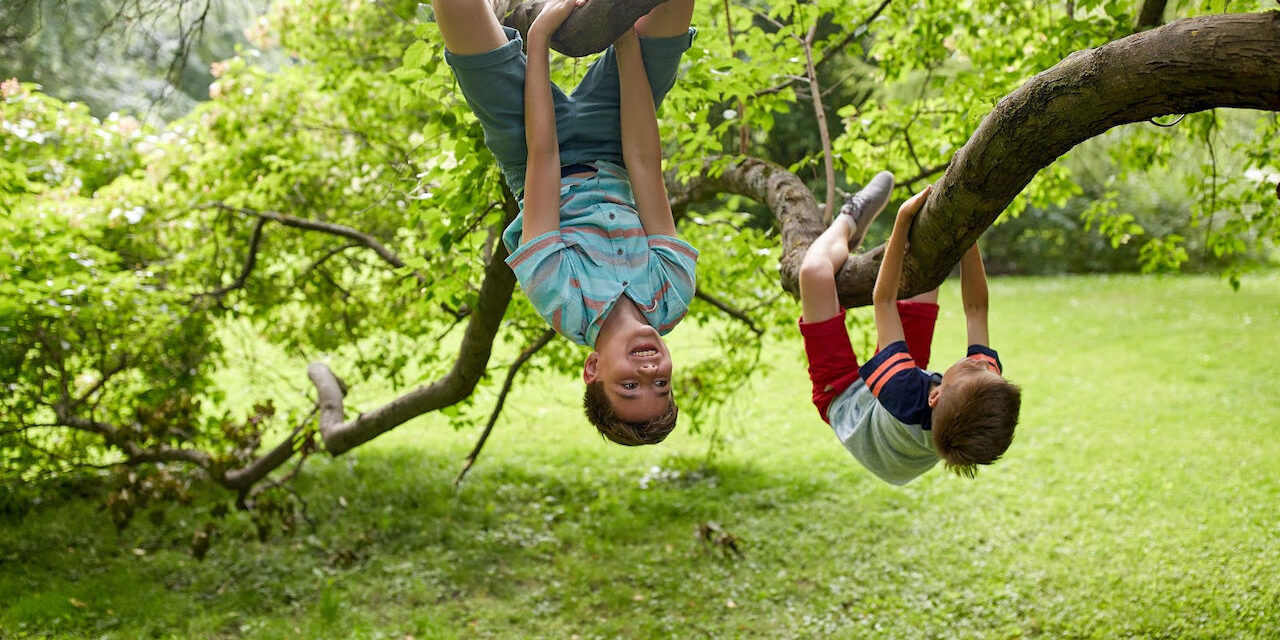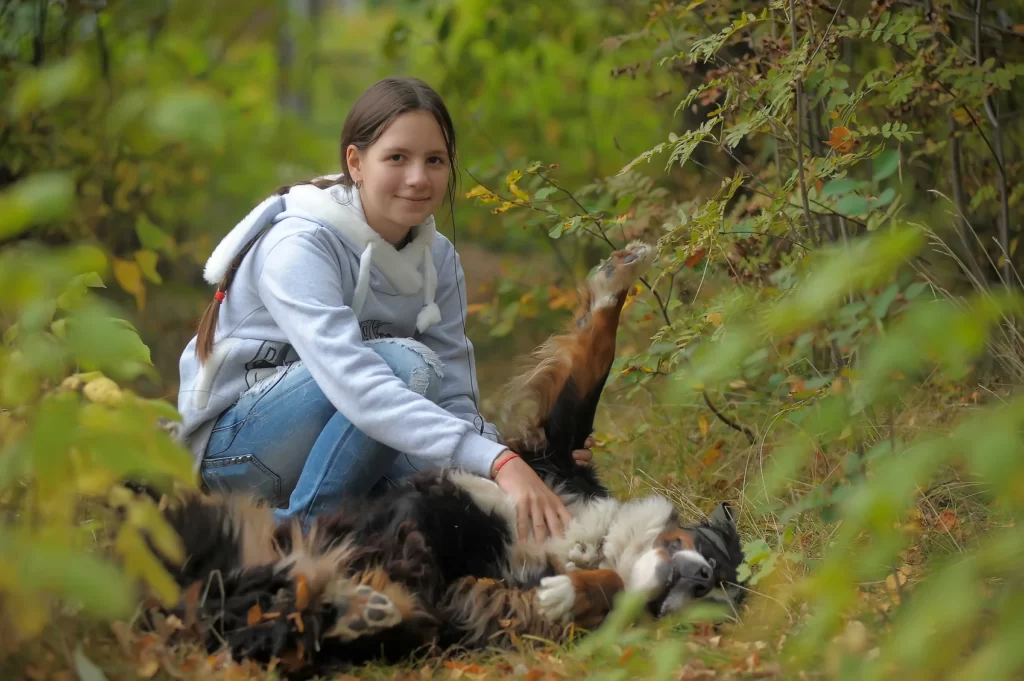The end of the school year is nigh, and the anticipation of holidays is intoxicating. It’s probably my favourite time of the year, kids are joyful on these few days before the big break.
After a few days of holidays, most students will return to their regular, very human range of emotions. The happy buzz will pass because that’s the thing with emotions…they all pass.
The problem is, many people believe happiness is the most important emotion and if you’re not happy, something is wrong. We embed this belief when we say thin
gs like, “I just want you to be happy”, or “It doesn’t matter, as long as you’re happy”.
No wonder kids worry when they have a couple of down days!
Two types of happiness
In our quest for happiness, humans sometimes access a cheap imitation of happy, let’s call it ‘fast food happiness’. It is easy to access but fleeting, as opposed to a longer-term, more grounded, and lasting happiness that we can develop in a healthy manner. Let’s call that ‘salad happiness’.
1. Fast-food happiness
Fast food happiness is shallow and short-lived. However, 21st Century living has evolved to privilege this empty buzz, especially in adolescents. It is commonly found in ‘likes’ on social media, high excitement on computer games, and in the purchase of high-status products like the latest sports shoes. All serve the commercial interests of others, and all are designed to be addictive.
Lourdes Hill College clinical psychologist, Kristina Morgan says, “If a young person thinks a brand or a ‘like’ will make them happy, then they have bought into ‘status-happy’, but they haven’t bought into the real joy that comes from connection with themselves, their values, or a real connection to others”.
To be fair, it isn’t all their fault, they are constantly exposed to a version of happy that is presented by advertising. It is superficial and focused on appearances, possessions, and whether they are popular or not.
2. Salad happiness
A longer-term, healthy form of happiness is acalm, centred experience. It is the feeling of being present in each moment of your life. It feels substantial.
Kristina says, “School holidays are a great time to help your kids reassess what they are letting into their lives and where their happiness is coming from. Very often, after the first few days of holidays the excitement has worn off, they have ticked off their to-do list and they are floundering for what will make them feel good next.
“The kids who cope well in this situation are those who can ask themselves, “What else?” They are the explorers who might have a go at sport, or music, or art, or being in nature. These kids will come to know what brings them a sense of contentment. Promote this exploration in your kids.”
“Too many kids don’t know what makes them happy. They must learn to explore.”
The holidays are also a good time to audit what is coming into your home. How much of the outside world is coming in via screen time? And of that screen time, how much is happy and uplifting versus messaging about status and comparisons that ultimately make our kids feel bad? Similarly, what is the tone of your family talk? Notice how often you dwell on negatives rather than the neutral or positive.
I am not encouraging saccharin-sweet, artificial, ‘toxic positivity’, rather just being aware that focusing on negatives can become a habit and it is contagious.
Accessing long-term, healthy happiness – Salad hacks!
Ideally, we want to teach our kids how to access that long-term salad happiness as it is what will sustain them and allow them a steady journey through life, rather than always experiencing dramatic ups and downs.
To teach kids the difference between fast food happiness and salad happiness, we must first understand the hormones that promote that happy feeling. These are the most important, and some healthy hacks to go with them:
1. Oxytocin
Oxytocin is sometimes called the love drug. We get our first hit when we are breastfed by our mothers. That closeness fires a chemical that bonds us and ensures our mothers care for us despite the lack of sleep, nappies, and screaming!
Throughout life, we are topped up with oxytocin when we touch or hug others, when we have sex, and surprisingly, even when we are just kind to one another. Oxytocin not only makes us feel good, but it lowers our blood pressure and reduces anxiety.
Hack: We can access oxytocin by building trusting, secure relationships with others. Encourage kids to reach out to others and build friendships incrementally rather than rushing in and ignoring healthy boundaries. A good question to ask your child is “Who do you like yourself around?” as it will help them make choices based on their own wellbeing.
2. Seretonin
Serotonin is known as the happy chemical because of its role in stabilising mood. If a person has too little serotonin they may suffer from depression, anxiety, or obsessive-compulsive disorder.
Hack: Serotonin is increased when we feel confident and grateful. An ideal way to feel confident is to focus on our wins rather than our losses, or the positives over the negatives. Encourage your child to notice something positive about someone else and then themselves. Get them to go for a walk and take your dog, or someone else’s dog. Even better if the sun is out! Exercise, contact with animals, and time in sunshine all stimulate serotonin.
3. Endorphins
Endorphins are natural painkillers. You know that feeling when you stub your toe? It is incredibly painful for a couple of seconds but then suddenly there is a rush of blood, and the pain seems to be blocked. That relief is the endorphins kicking in.
Hack: A healthy way of accessing endorphins is pushing through the temptation to stop during a long run, or even just getting off the couch and walking around the block. Science also says we can get that feeling from laughter and dark chocolate. Who am I to argue with science?
4. Dopamine
Dopamine is the hormone we associate with motivation and reward. It has received a lot of attention of late because it is exploited by gambling, social media, and marketing companies. Getting likes on Instagram, going up a level on a computer game, and even receiving a text message release dopamine. It feels good.
Hack: One way to access dopamine in a healthier manner is to set and achieve goals that matter to us. Encourage your child to set small, medium- and long-term goals that are challenging but achievable. School holidays are a perfect time to have a go at something new, start an exercise routine, or move out of their comfort zone in some other way that appeals to them.
Final thought…
Being happy is not the be-all and end-all. We have many other emotional states that are just as human and just as valid. However, if our kids are going to chase happiness, make sure they are aiming for that healthy, long term and sustaining kind.
Happy holidays everyone!








